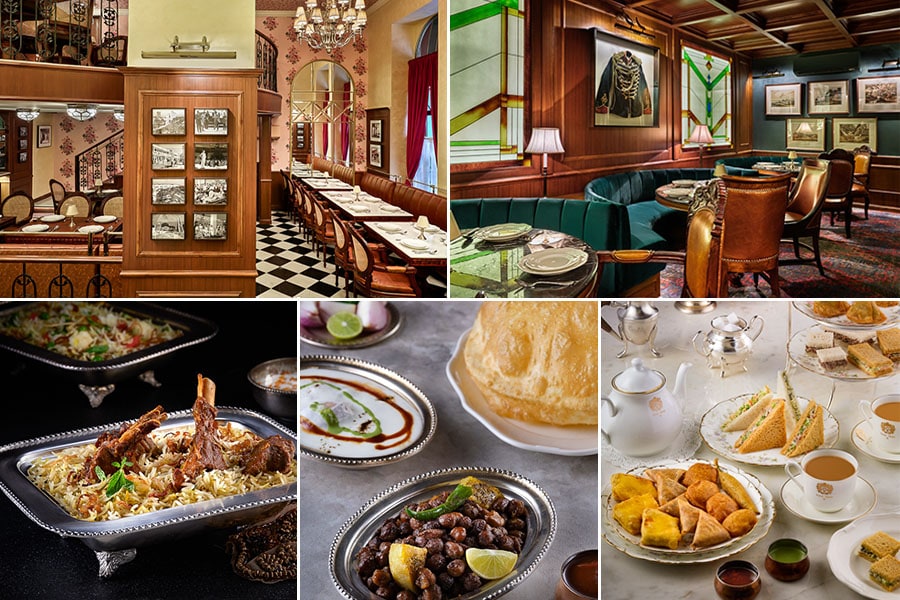
What makes legacy brands stay relevant despite changing tastes
Some of India's most iconic restaurants are nurturing their pasts to grow the future as Gen Z, dubbed the nostalgia generation, digs into vintage
 The legendary chef JP holds up the show-stopper Naan Bukhara, in Bukhara Restaurant, ITC Maurya, New Delhi.
The legendary chef JP holds up the show-stopper Naan Bukhara, in Bukhara Restaurant, ITC Maurya, New Delhi.
At a recent private dinner hosted by an ambassador of another country, there is a rather large naan-like bread served as an accompaniment to the mezze. The naan of course is a cousin of the pita, popular around the Mediterranean and served with olives, dips and grills. But this naan-pita crossover brings a smile on the faces of all the Indian guests, including yours truly, when it is revealed that it is inspired by the giant naan Bukhara served at what is arguably India’s best-known restaurant. Bukhara, at ITC Maurya, has just turned 45 years old, and the diplomat had apparently visited the restaurant recently, coming back impressed so much by the signature bread that they instructed the cook at home to try a little experiment of their own!
In fact, the iconic restaurant has been on the itineraries of almost every visiting head of state in its almost half-a-century’s journey. From Bill (and Hilary and Chelsea) Clinton, after whom platters are named at the restaurant, to Vladimir Putin, whose entourage apparently took a large takeaway order—of raan and naan, back to Russia. But important visitors aside, the restaurant is also incredibly popular with Indians of all hues—who can afford it.
Despite the fact that tandoori restaurants are a dime a dozen, to be found almost everywhere in India and abroad, where tandoori food is amongst India’s best-known exports, Bukhara continues to be coveted and treated as a show-stopper; an indulgence for thousands of its fans.
“When I used to come back from college in the US, I used to go to Bukhara straight from the airport without even going home. I just love the food there so much and would crave it,” says Anant Vijay Mandelia, who runs an organic and hydroponic farm in the capital and belongs to an illustrious business family.











